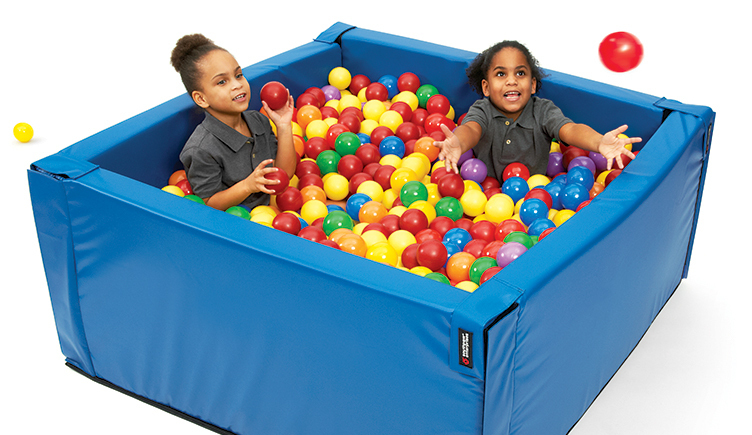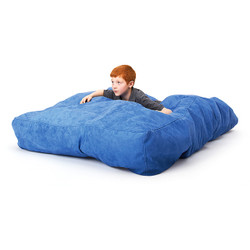You may be familiar with the terms “sensory processing” or “sensory integration.” As occupational therapists this can be a large part of what we do, especially if we are treating in the world of pediatrics. Regardless of age, our bodies are physiologically programmed to initiate learning through our senses; it is the basis of all development and provides the ability for our brains to create new connections required for advancement of all skills.
Most therapy clinics have an ample amount of equipment to aid in the sensory integration process. There are swings, slides, ramps, sensory bins, exercise balls and an immense amount of other equipment that is easily accessible.
But what do we do when we are trying to provide home exercise programs to families? We all know that carry-over at home is important for optimal results in therapy, so how do we support sensory development in the home environment, or in environments that don’t provide the same equipment?
The easiest solution is to GET OUTSIDE. The more we can explore the natural environment in a non-restricting way, the more opportunities we have to home in on the use of various systems. Navigating hills and uneven surfaces poses a challenge to our vestibular system. Running, jumping and climbing feeds our proprioceptive systems. Exploring leaves, grass, dirt and mud all enriches our tactile system. Various sights, sounds and smells can also be experienced.
Now for the harder question: How do we support these systems when exploring the outdoors is not an option?
First, it is imperative to stress exposure to multiple sensory systems, rather than focusing on only one. This is the basis of sensory integration.
Second, GET CREATIVE!
Place toys in the freezer before playing with them. Hide toys in common household items of various consistencies (flour, sugar, rice, shaving cream, water, etc.). Pull out various textured clothes and take turns investigating how they feel on different parts of the body. These all provide ample opportunities to stimulate our tactile system.
Create obstacle courses or place pillows on the floor for your child to navigate. Log roll or egg roll across the ground. Lie upside down on the couch. Swing your child back and forth in your arms or in a sheet. These will all encourage use of the vestibular system.
Pull cushions off the couch and place them on the floor for your child to jump and crash on. Pretend to be various animals and walk on your hands. Roll up tight in a blanket like a burrito. Give big bear hugs. Direct your child to participate in heavy workload tasks or help with simple household chores (laundry, washing windows, vacuuming). These activities deliver direct input to our proprioceptive system.
Our bodies experience sensory input in a multitude of ways throughout the day. As therapists, we are lucky to have access to such ideal equipment; however we must remember our families most often do not. Still, it is our job to find ways to assist our families in implementing sensory integration at home.



